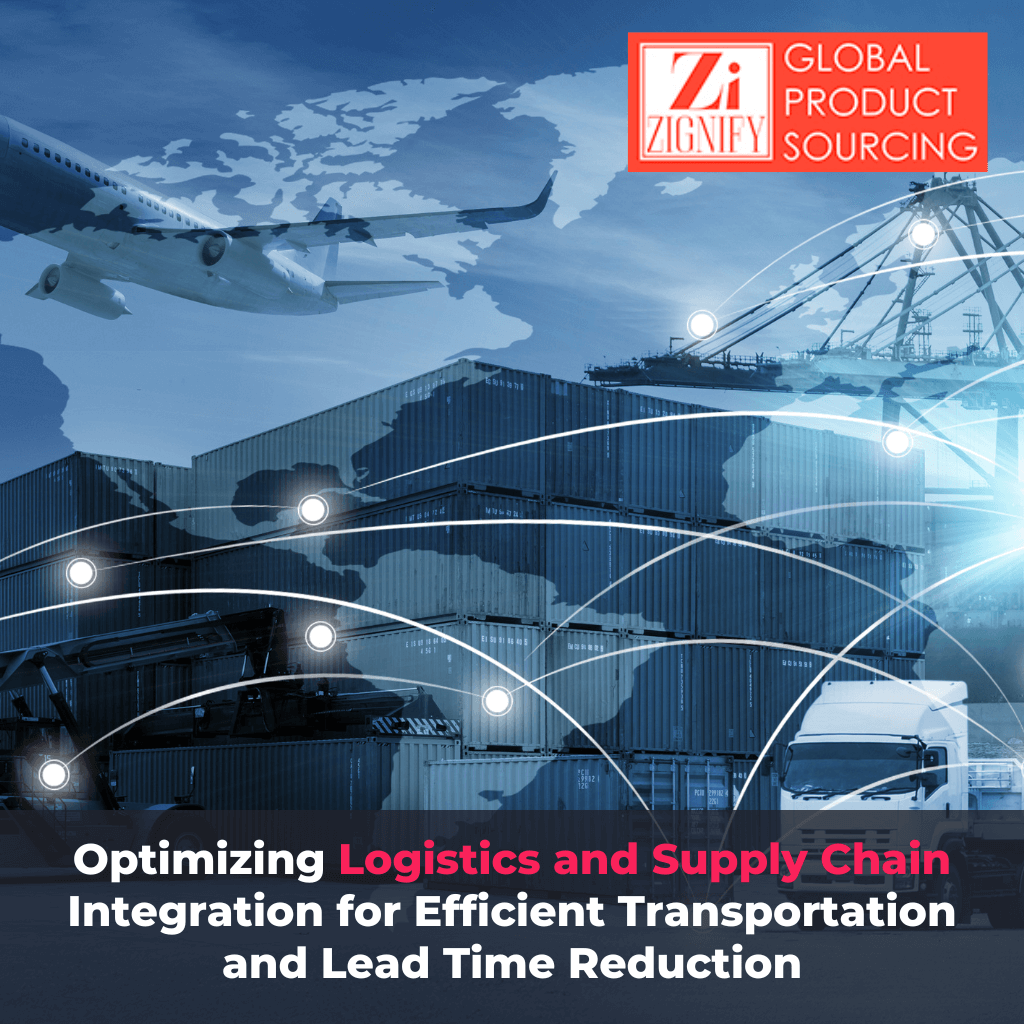
Coordinating the movement of goods from suppliers to consumers involves intricate planning, coordination, and execution.
This article delves into the strategies and techniques that businesses can adopt to optimize their logistics and supply chain integration, with a focus on efficient transportation and lead time reduction. By implementing these strategies, companies can enhance their operational efficiency, reduce costs, and ultimately provide better service to their customers.
Understanding Logistics and Supply Chain Integration
Logistics and supply chain integration encompass the coordination and synchronization of various activities involved in the movement of products, materials, and information. This integration ensures a smooth flow of goods from suppliers to consumers, minimizing disruptions and delays. The ultimate goal is to achieve operational efficiency, reduce costs, and enhance customer satisfaction.
The Importance of Coordinating Logistics with Suppliers
Collaboration with suppliers is a fundamental aspect of successful logistics and supply chain integration. Timely communication, accurate forecasting, and transparent information sharing enable suppliers to plan their production and delivery schedules effectively. This coordination not only ensures that products are available when needed but also helps in minimizing excess inventory and stock outs.
Enhancing Transportation Efficiency for Supply Chain Optimization
Efficient transportation is a cornerstone of successful supply chain management. Various strategies can be employed to optimize transportation efficiency:
- Route Optimization: Utilizing advanced routing software and GPS technology, businesses can identify the most optimal routes for delivery, considering factors such as traffic, distance, and fuel efficiency.
- Mode Selection: Choosing the right transportation mode (e.g., road, rail, air, sea) based on the nature of the products, distance, and urgency can significantly impact cost and lead times.
- Carrier Collaboration: Developing strong partnerships with reliable carriers can lead to preferential rates, better scheduling, and improved overall service.
Strategies for Minimizing Lead Times and Delays
Reducing lead times and minimizing delays are crucial for maintaining customer satisfaction and meeting market demands. Several strategies can be employed to achieve this goal:
- Demand Forecasting: Accurate demand forecasting helps businesses anticipate customer orders, enabling them to align their production and inventory levels accordingly.
- Lean Inventory Management: Adopting lean principles and just-in-time inventory management can help minimize excess stock and reduce lead times.
- Cross-Docking: This strategy involves unloading products from incoming shipments and immediately loading them onto outbound vehicles, bypassing the need for storage.
- Supplier Collaboration: Close collaboration with suppliers can lead to reduced lead times through synchronized production and delivery schedules.
Leveraging Technology for Real-Time Supply Chain Visibility
In the digital age, technology plays a pivotal role in optimizing logistics and supply chain integration. Real-time visibility into the movement of goods allows businesses to respond promptly to disruptions and make informed decisions. Technologies such as Internet of Things (IoT), RFID tracking, and advanced analytics provide valuable insights for supply chain management.
Future Trends in Logistics Integration: Sustainability and Resilience
The future of logistics and supply chain integration is shaped by emerging trends such as sustainability and resilience. Businesses are increasingly focusing on reducing their environmental impact through green transportation options and eco-friendly packaging. Moreover, the importance of building resilient supply chains that can withstand disruptions has gained prominence, especially in the wake of global events like the COVID-19 pandemic.
Key Performance Indicators (KPIs) for Monitoring Integration Success
Measuring the success of logistics and supply chain integration is essential for continuous improvement. Key performance indicators (KPIs) such as on-time delivery rates, order fulfillment accuracy, inventory turnover, and transportation cost per unit can provide valuable insights into the effectiveness of integration efforts.
Conclusion
Optimizing logistics and supply chain integration is a multifaceted endeavor that requires meticulous planning, collaboration, and the strategic implementation of various techniques. By coordinating logistics with suppliers, enhancing transportation efficiency, minimizing lead times, leveraging technology, and staying attuned to emerging trends, businesses can streamline their operations, reduce costs, and provide superior service to their customers. In an ever-evolving business landscape, effective integration is not just a competitive advantage but a necessity for sustainable success.
Learn More about Efficient Sourcing with Zignify Global
Are you ready to take your sourcing to the next level? Discover how our innovative solutions can help you streamline your supply chain and optimize your sourcing process. With a focus on efficiency and excellence, we empower businesses to source products seamlessly and achieve their goals. Schedule a call to learn more and embark on a journey towards enhanced sourcing success



